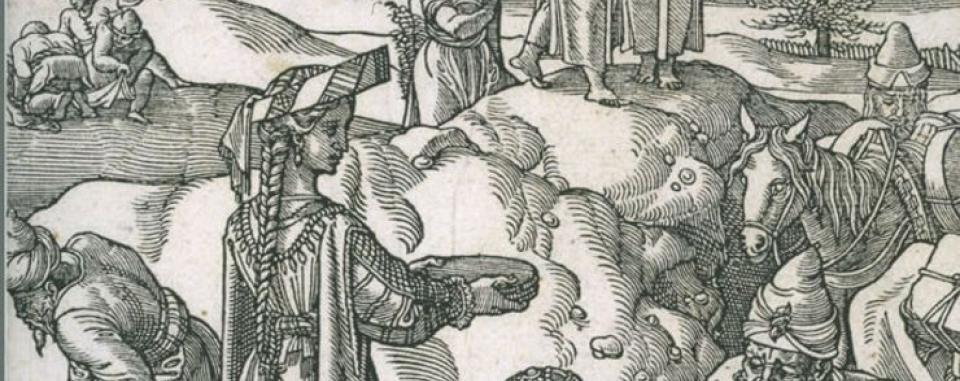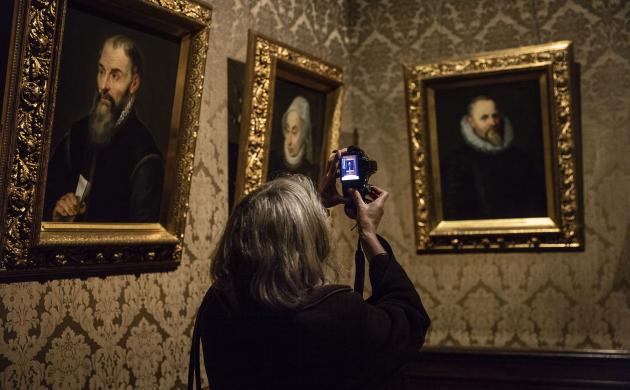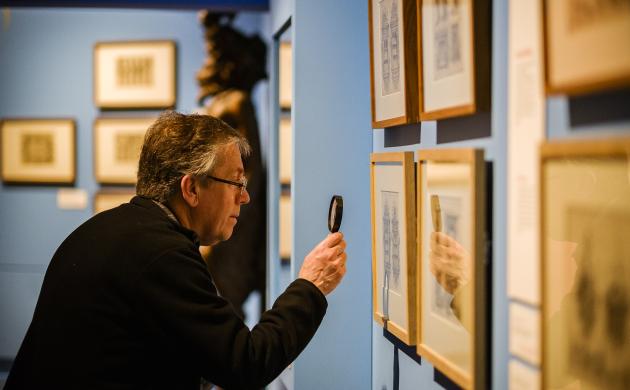01.12.2001-03.03.2002
Via the East to Ancient Greece
From the 16th century onwards, diplomatic and trade relations with North Africa and the East began to multiply. This resulted in growing interest in the Arab world, which first took the form of travel writing, costume books and cartographic works. Under the influence of humanism, the study of Arabic evolved into a fully fledged discipline. This was important for the transmission of Greek civilisation and its contributions to medicine, mathematics, philosophy and astronomy.
Antwerp’s role
On the initiative of the Officina Plantiniana and the Leiden press of Plantin’s son-in-law Raphelengius, Arabic grammars and dictionaries were published. It was thanks to Antwerp’s printers and the Frenchman Guillaume Postel, who can be regarded as the founder of Arabic studies, that more and more Europeans devoted themselves to the study of Arabic. They also visited the Ottoman Empire. Their publications increased sympathy for Islamic culture.
Exhibition
Marking the 125th anniversary of both the Plantin-Moretus Museum and the Association of Antwerp Bibliophiles, the exhibition outlined the crucial role played by Plantin’s press and Antwerp in this cultural interchange. As an international centre of book production, Antwerp helped bring about a better understanding of Arabic culture and greater tolerance.



